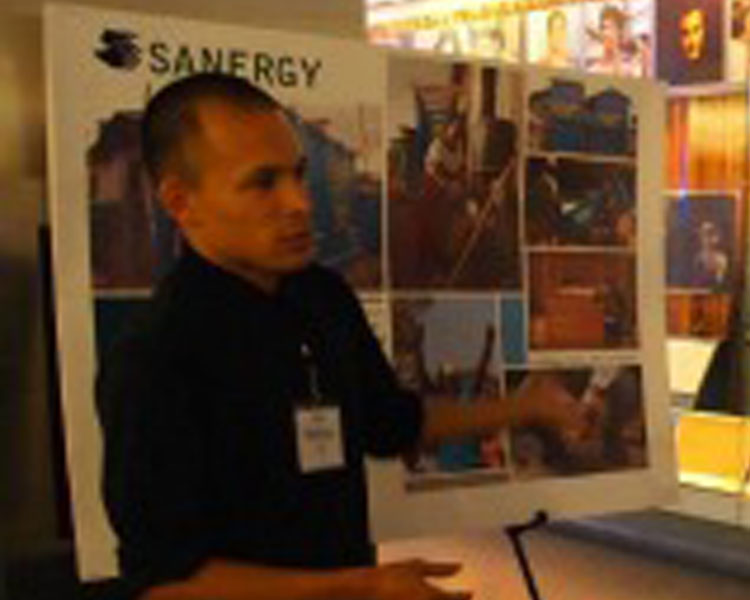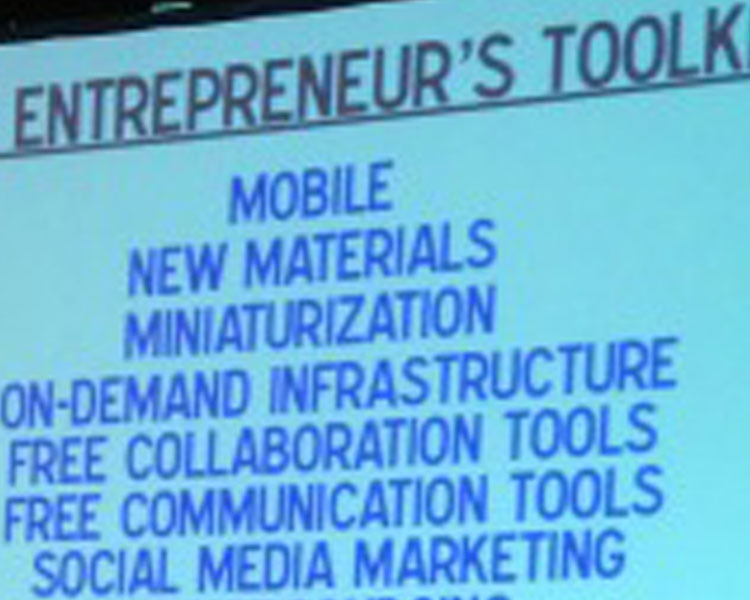
From March 21st to 23rd, I attended the National Collegiate Inventors and Innovators Alliance’s (NCIIA) annual conference in Washington DC. NCIIA is a private nonprofit organization that supports and funds university programs and student teams who are developing innovative social products and ventures.
Overall, I enjoyed the conference sessions and getting to know other faculty and staff working on university social entrepreneurship and innovation courses and programs akin to Scale-Ups. There were several hundred entrepreneurship and engineering faculty in attendance. There were also, many current or former student teams, including folks from San Diego State University working on a thresher in East Africa (Scale-Ups Phase II has a thresher project too), many interesting medical technology teams, as well as Global Research Innovation Technologies (GRIT), a Scale-Ups Phase III venture bringing to market the Leveraged Freedom Chair.
I gained a deeper understanding of NCIIA’s grant structure. NCIIA currently offers three phases of funding, very similar to the three phases of the Scale-Ups pipeline. However, there are key differences: NCIIA requires that all teams begin by applying to Phase I, each team must have at least one current university student, and their Phase III is not grant funding, but rather $50,000 of convertible debt. For reference, the Scale-Ups Fellowship works with MIT alumni (non-students), gives grant funding at all phases, and alumni can join the program at any phase. Two current Scale-Ups Phase II Fellows, Kwami Williams and Anna Young, were recently awarded NCIIA phase I grants and are participating in both programs.
On the final day of the conference, I spoke on a panel with three colleagues and friends: Ben Linder of the Affordable Design and Entrepreneurship program at Olin College, Carl Hammerdorfer of the Global Social Sustainable Entrepreneurship program at Colorado State University, and Kate Mytty of MIT’s IDEAS Global Challenge. We spoke on the topic of supporting commercialization of technology-based ventures in base of the pyramid markets from within university programs. Overall, most university programs in attendance seem to be struggling with the following few questions:
1. How do we balance impact objectives with educational objectives?
2. Who owns the resulting ventures, both in the short term and long term: program faculty, a university-tied sister organization, students, or alumni entrepreneurs? Also, when and how do transitions of venture ownership occur?
3. And, you guessed it: Where can programs and newly spawned ventures find funding?
Scale-Ups, like other programs, wrestles with these same questions. Regarding the balance of impact and educational objectives, D-Lab is lucky to be large enough to have courses that focus on educational objectives while Scale-Ups and other programs, can focus on impact objectives.
The question of ownership has been clear to Scale-Ups from the outset, though it differs from many other similar programs. Scale-Ups works directly with established ventures or support alumni entrepreneurs who own their ventures. I found that other programs keep the ownership of fledgling and even established ventures with program faculty or sister organizations.
Finally, Scale-Ups, like all the programs present, is constantly looking for new and interesting sources of funding for our program and supported ventures. An interesting source, which I hadn’t previously heard of was Small Business Innovation Research funding. This is U.S. federal funding allocated only to small businesses that some university programs have found ways to tap into.
A session on nifty experiential activities was a highlight for many conference attendees. Being a teacher at heart, I’ll leave you with my favorite activity, entitled: “The Value of Your Pants.” The instructor begins by asking their students to write down the value of their pants (in dollars) and hand them in, anonymously. The instructor then chooses one price, pulls out the appropriate cash, and offers to buy that person’s pants. Of course, the student will likely refuse, so the instructor proceeds to ask, “Now that you know I have been to an ATM and have, let’s say an unlimited cash supply, how much do you really value your pants?” Everyone then re-evaluates how much their pants really mean to them in that moment. Students hand in their prices again, and the results are then plotted on the board. This exercise teaches the situation- and time-dependent value of products, and the difficulty in valuing them. Now… how much do you value your pants?



